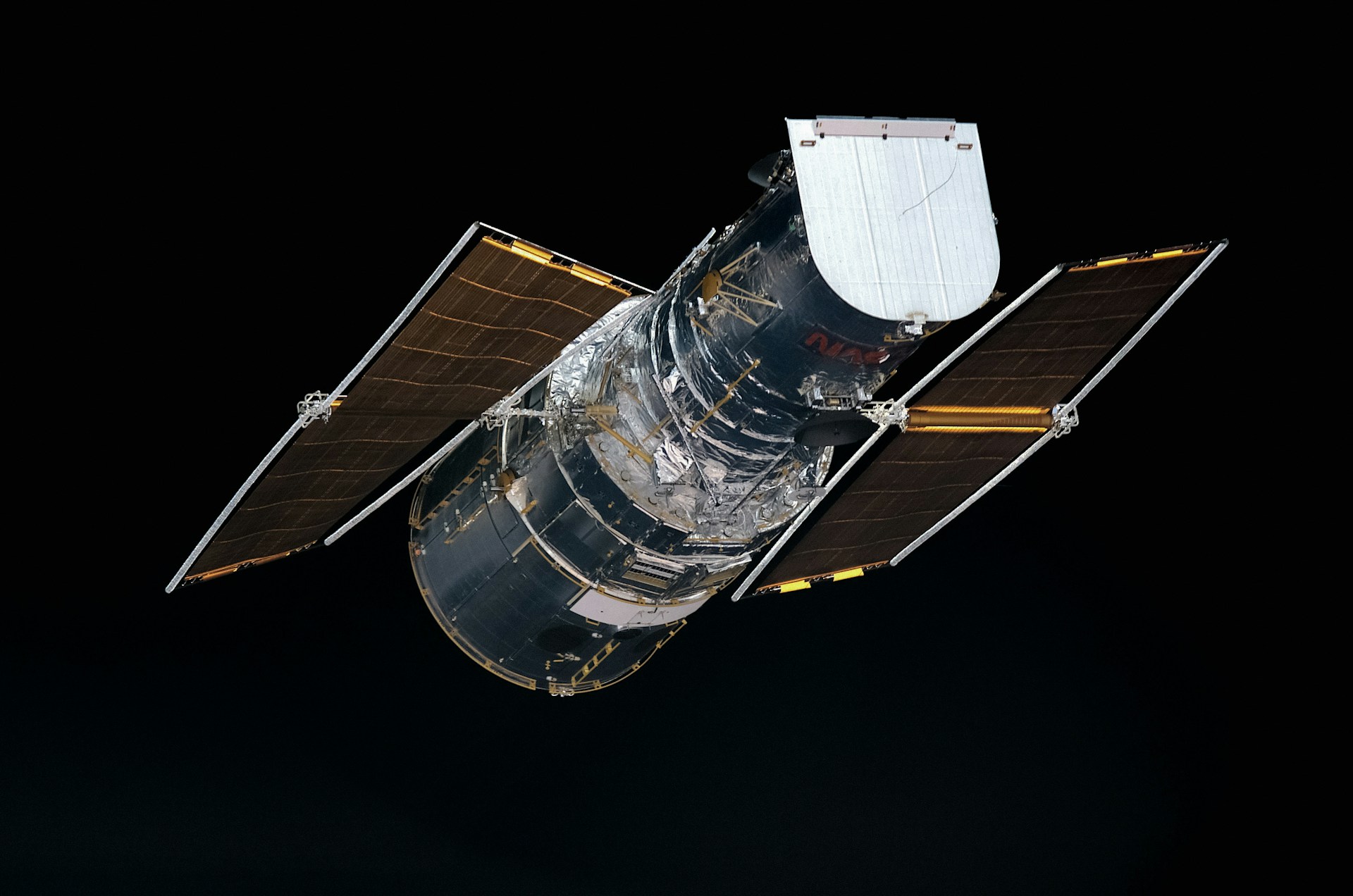Share This Article
Airbus will equip its satellites with standardised Astroscale interfaces
European aerospace manufacturer Astroscale will supply its docking plates to Airbus. The latter intends to use this equipment to remove old satellites from orbit.
The agreement includes supplying 100 new-generation plates. The team will install them on spacecraft used in orbit. These plates will ensure the safe removal of satellites once their missions are complete. Astroscale’s technology will reduce the cost of removing objects from orbit by up to seven times.
Technology features
This collaboration is the first commercial project aimed at reducing space debris. This industry should be worth around US$3 billion by 2032.
The plates work according to the following principle:
- The equipment comprises two types of grippers: a robotic arm and a magnetic system.
- Sensitive sensors are located on its surface. These sensors allow the satellite’s location and rotation speed to be accurately determined. These characteristics are essential for interacting with complex objects.
The technology has undergone testing and has already been used for practical tasks. From 2021 to 2023, Astroscale used the plates as part of the ELSA-d mission, during which time researchers used magnetic capture to interact with a space debris simulator. In 2024, the ADRAS-J spacecraft used the same plates to perform a detailed inspection of a spent rocket stage.

Port for servicing missions in space
Nick Shave of Astroscale reports that the equipment is highly likely to become the standard port for servicing missions in space. The docking plates have a service life of 15 years. This is a considerable operating period under conditions of temperature variation, high radiation, and micrometeorite exposure.
Airbus will equip a group of satellites that will operate in low orbit. Astroscale is also considering using the plates for other small satellites.
Under the agreement between the companies, the demonstration phase will commence in 2027:
- The Astroscale service vehicle must remove the OneWeb satellite from orbit.
- Airbus is manufacturing the OneWeb satellite.
- If this mission is successful, the companies will move on to the commercial phase. As part of this, one vehicle will be capable of removing approximately 35 objects from orbit per mission.
In addition to reducing the cost of removal, there are other benefits to the companies’ cooperation. Docking plates serve to standardise interfaces. These provide a solid foundation for developing the orbital servicing sector.
In the future, this equipment could be useful for refuelling, repairs, and other tasks. It is also compatible with popular satellite platforms. These include the Starlink constellation of over 4,300 vehicles and the Kuiper system of around 3,200 satellites.

